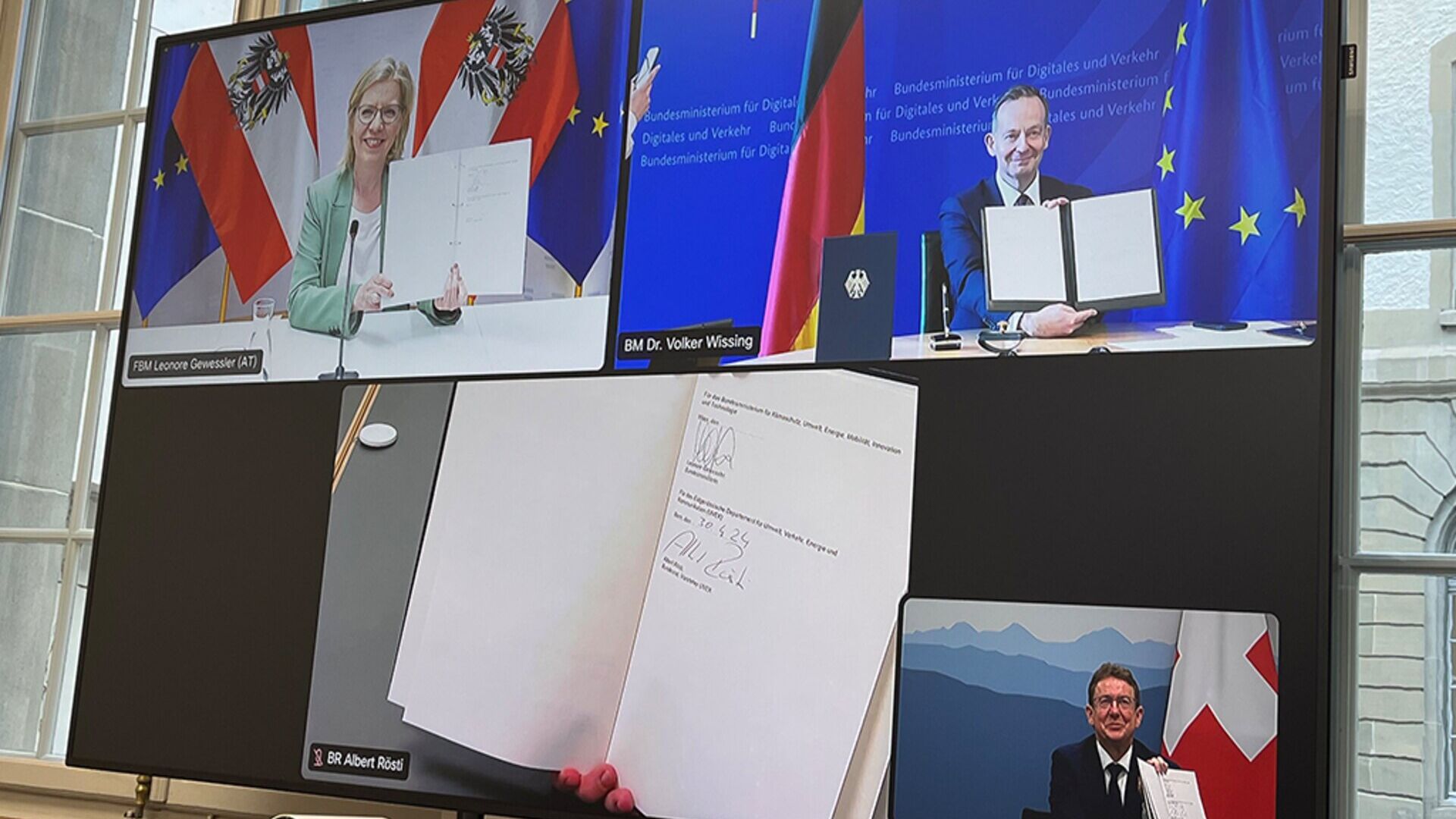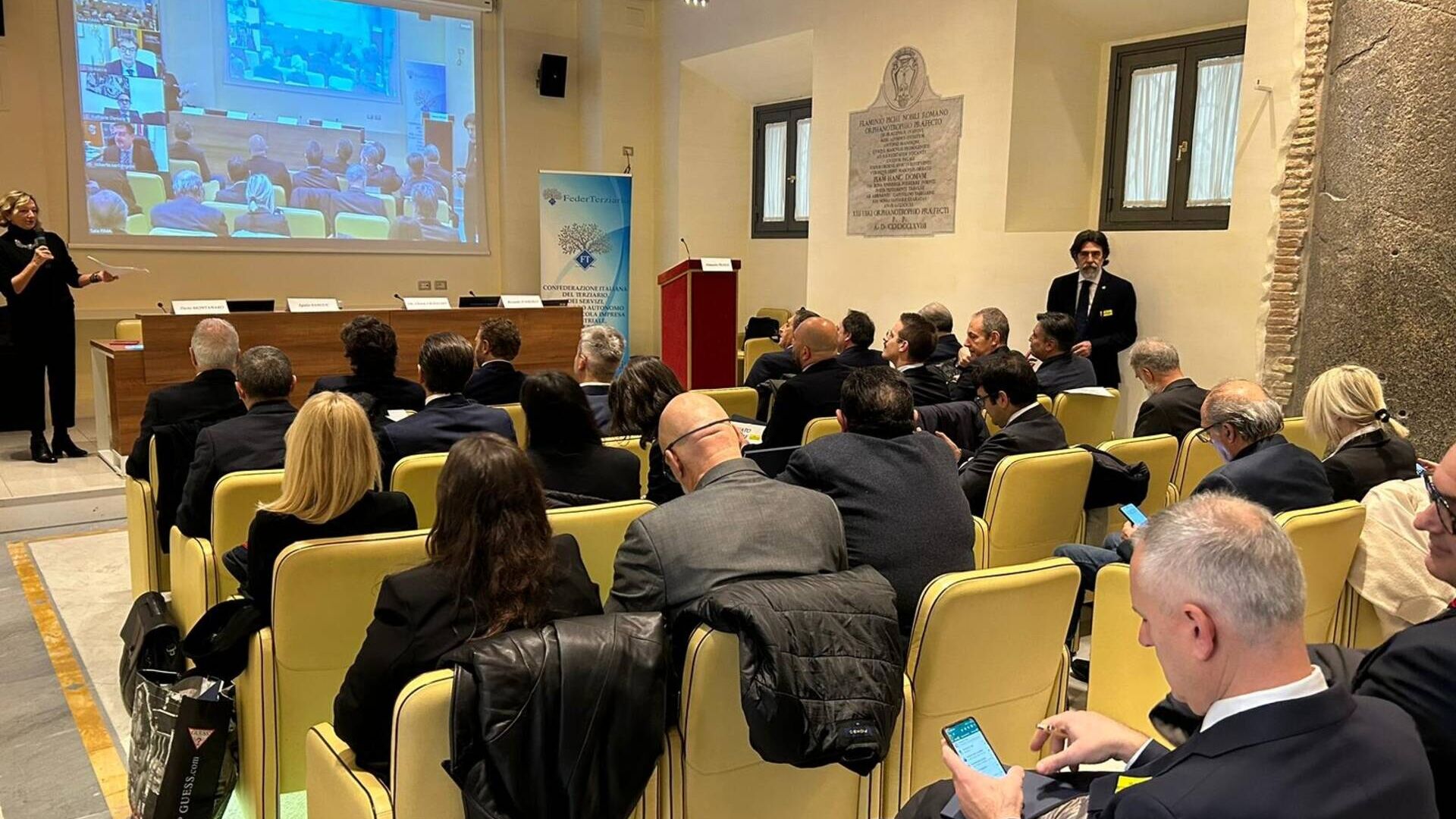From words… to words! Think communication
From words… to words! Think communication
We have reached the second installment of our marketing writing journey, a journey discovering the key principles of promotional storytelling
That is, that form of communication oriented towards the sale of a product or service. If in the first part we focused on the genesis of writing and therefore on where and how to find ideas for constructing effective texts and contents, in this chapter we will focus on the next phase in which from words we must pass… to words! What do we mean by this bizarre formula? Simple: there comes a time when the words we have in our heads must be transferred to paper (or on the monitor) with the aim of creating winning communication, in line with our target and with what we offer. This evolution is as delicate as it is important: writing at random, based only on inspiration, does not lead to any results, neither from the point of view of the users nor from the search engine point of view.
Here because the planning and structuring of the texts is decisive, and that's why we are convinced that one of the four pillars of writing for marketing must concern precisely this point. Thinking about communication means transforming the nebula of ideas and information gathered into something concrete, captivating and functional. The result must be writing that, even before having its own identity and style (topics that we will discuss in the next pill) it has its own quality and its own light, distinguishing itself from the other ten, hundred, thousand alternatives that a user finds on the web by typing any keyword. This is what a communication project needs today to hit the mark and reach the general public. Improvisation does not pay, it is necessary to study, train and understand which mechanisms and which dynamics regulate this particular type of writing. Here are our suggestions for what concerns the design of texts and writing.
THE ARCHITECTURE OF A TEXT FOR THE WEB: TECHNICAL ELEMENTS
Accustomed to novels, short stories and newspaper articles, we do not realize the structural complexity that lies behind web content. We are not just talking about the double nature of text to be read with the eyes and text to be fed to search engines for indexing and subsequent (possible) positioning. We are talking about the quantity and diversity of "pieces" which, as in a house, guarantee the solidity and value of the structure: bricks, beams, fixtures, windows, floors, roofing... Experience teaches everyone which elements to chooseHere are the main ones for now:
1. TITLES AND SUBTITLES
Indispensable elements even in the simplest texts such as an About Us or Mission page. The titles are the "bait" that the reader takes the bait, giving us his invaluable attention.
2. INTRODUCTORY BOX / FEATURED BOX
Neither more nor less than a highlighted text placed at the beginning as an introduction or in the course of the text as an in-depth analysis.
3. TEXT PARAGRAPHS
Text paragraphs are the building blocks of the structure and represent the actual content.
4. BULLETS
Very good for breaking up the wall effect of words and offering the reader an effective eye-hold, especially on small tablet and smartphone displays.
5. IMAGES AND VIDEOS
Valid elements to enrich texts, blog posts or articles. It is difficult to imagine a content totally devoid of photographs or videos.
6. CALL TO ACTION
The call to action, or call to action, is an invitation in text or banner form that is offered to the reader to, for example, encourage subscription to the newsletter, direct the purchase of a product, fill in the contact form, book a room…
7. METADATA
The last of the elements that contribute to the structure of a content are the metatitle and the metadescription, i.e. the metadata, two pieces which, together, form the backbone of the snippet preview on Google (the short text shown by the search engine).
THE PARAGRAPH: LENGTH AND MAIN FEATURES
Once the basic elements of a content have been defined, let's try to go one step further and analyze the paragraph, or rather the "substance" of a text or an article. The paragraph can be short, medium or long, and can be linear or can contain elements other than just sentences (for example, a bulleted list or a central highlighted question). In principle, we will have the following measures:
- Short paragraph: 2-3 lines
- Medium paragraph: 4 to 7 lines
- Long paragraph: from 8 to 15 lines maximum
Why did we underline the word “maximum”? Because we want to emphasize the known limitations of digital reading. We always remind our customers that the 60% of users read the texts and browse the site through the screen (small, if not microscopic) of a mobile phone. So we shouldn't think of storytelling as something that will be consumed by a person sitting on the sofa with his laptop resting on his knees, drinking hot tea and it's snowing outside. Readers are rather like you, busy with work, study, family, sport and personal affairs, once on the subway trying to learn more about a story and once stopped in the queue at the post office ready to get up at any moment while the finger slide on the tablet. It is the law of communication: dura lex, sed lex!
A COAT OF BOLD TO ENHANCE READING AND SEO
As can be understood from what has been reported so far, the purpose of communication for marketing, and in particular for web marketing, must be twofold. On the one hand, we need to please search engines, the only "selectors" that guarantee us online visibility in a natural way (not for a fee). On the other hand, once found on the web, we have to satisfy the user's expectation, that is the reader, whoever he is. To make our communication disruptive, we must therefore take into consideration both sides of the same coin: search engines and users. Bold is emblematic in this perspective. In the form of HTML code and highlighted text, bold indicates that a sentence is important and turns the spotlight on an important concept. Using it correctly is not easy and here too the experience of the writer makes a huge difference. Certainly bold is one of the protagonists of digital storytelling and as such it should be exploited. Just imagine this same article without bold to realize how content can be more or less captivating in the eyes of the reader (and search engines). Going back to the house comparison, it would be like live in an apartment without finishes: definitely unthinkable!
If we put all these elements into the cauldron, and use the resources collected in the first pill on "How and where to find ideas", we will already have excellent chances for write content in line with audience expectations and with the rules of modern marketing. However, several open questions still remain, for example the style of our communication, optimization for search engines and last but not least the activity of content and news sharing following the writing and publication of an article. In short: everything that can give an extra boost to writing and to our brand. So do not miss the third and fourth part of this journey, where we are going to examine additional aspects that contribute to successful storytelling. And for any question, don't hesitate: the Innovando team is available to answer any doubts and curiosities and to provide advice on communication and marketing writing. Put us to the test today!
You may also be interested in:
Austria, Germany and Switzerland for "more innovative" cargo railways
DACH Ministers Leonore Gewessler, Volker Wissing and Albert Rösti: the introduction of Digital Automatic Pairing is a key element
by Editorial staff Innovando.NewsEditorial staff of Innovando.News
Persuasion or manipulation? Genesis and historical impact of PR
This is how Public Relations, from the sophistic dialogue of ancient Greece to the current digital era, continues to offer continuous innovation
Young people and cryptocurrencies: how to find out more about Bitcoin…
Introducing kids to digital currencies and Blockchain can be an exciting endeavor, given their affinity for technology and innovation
“The patient at the centre”: a great hope and a meeting in the Senate
The topic of the importance of innovation in medical devices for European healthcare will be explored on 15 May in Rome by experts and politicians
by Alberto NicoliniEditor of districtbiomedicale.it, BioMed News and Radio Pico




